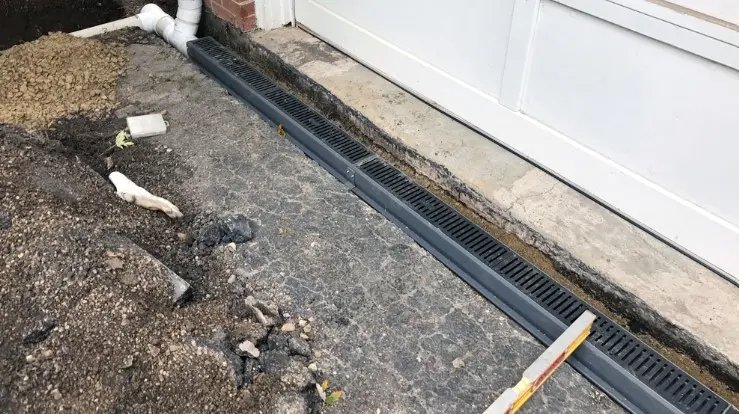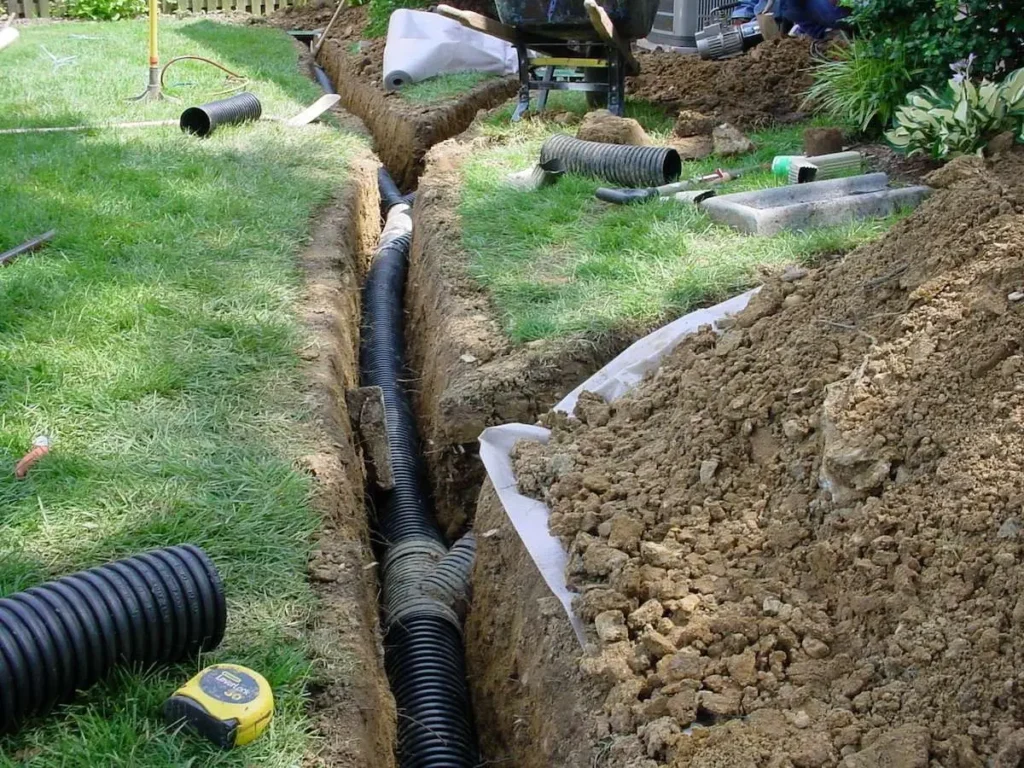Tired of stepping outside only to find your yard turned into a swamp? You’re not alone. Many homeowners deal with soggy lawns, standing water, and ruined landscaping after a heavy rain. Luckily, you don’t have to let flooding take over your outdoor space.
This guide is here to help you fix those wet yard woes. From quick DIY tricks to smart drainage systems, we’ll walk you through the best ways to keep your yard dry and happy. No confusing terms or pricey tools; just simple, smart fixes that work.
Understand Why Your Yard Floods
If you want to fix a wet, soggy lawn, the first step is to understand why your yard floods. Knowing the main reasons behind flooding helps you find the right solution and protect your yard from damage.
For expert help, trusted landscaping contractors Toronto can assess your yard and recommend the best ways to improve drainage and keep your lawn healthy.
Soil Type and Drainage
One big reason yards flood is the type of soil. Some soils, like clay, don’t soak up water well. Instead, the water sits on top and creates puddles. Sandy soils drain quickly, while clay soils hold water for a long time. If your soil is compacted or packed tight, it also stops water from soaking in.
Yard Shape and Slope
How your yard is shaped plays a big role too. Water always flows downhill, so if your yard has low spots or flat areas where water can’t escape, those spots will flood after rain. Also, if the yard slopes toward your house instead of away, water can collect near your foundation, which can cause even bigger problems.
Gutters and Downspouts
Another cause of yard flooding comes from your home’s gutters and downspouts. If gutters are clogged or downspouts dump water too close to the yard or foundation, water pools and floods those areas. Properly directing water away from your home is key to preventing flooding.
Simple DIY Fixes You Can Start Today
If you’re dealing with a flooded yard, don’t worry; there are simple DIY fixes you can start today that make a big difference. These easy steps help water drain better and keep your lawn dry without needing expensive tools or a professional.
Improve Your Soil Drainage
One of the easiest ways to reduce flooding is by fixing your soil. If your yard has heavy clay or compacted soil, water can’t soak in properly. You can mix in some compost or sand to loosen the soil. This helps water seep down faster instead of sitting on top.
Create a Gentle Slope
Water needs a way to flow away from your yard. If you notice puddles, try adding soil to low spots to create a gentle slope. This guides water downhill and away from your house. Use a rake or shovel to spread soil evenly and smooth the surface.
Extend Your Downspouts
Check your gutters and downspouts. If downspouts release water too close to your home or lawn, flooding can happen. Use downspout extenders or attach flexible pipes to send water at least 5 feet away from your foundation. Splash blocks can also help direct water safely.
Use Gravel in Wet Spots
For soggy areas, try spreading gravel or small stones. Gravel helps water flow through and stops mud from building up. This quick fix keeps water moving and prevents slippery, messy patches.
Smart Drainage Systems That Really Work
When simple fixes aren’t enough, it’s time to look at smart drainage systems that really work. These solutions help move water away from your yard quickly and keep it from flooding again.
French Drains: Underground Water Movers
A French drain is one of the most popular drainage systems. It’s a trench filled with gravel and a perforated pipe that carries water underground, away from soggy areas. This system works great for yards with lots of standing water because it clears water fast before it pools on the surface. In some cases, using permeable pavers in combination with French drains can further improve surface water management.
Dry Wells: Water Storage and Slow Release
Dry wells act like underground storage tanks. They collect extra water from your yard and slowly release it into the soil below. This method is useful if your yard doesn’t drain well on its own. It prevents water from sitting on top and causing damage.
Rain Gardens: Natural Water Sponges
Rain gardens are shallow planted areas designed to catch and soak up rainwater. They use special plants that love wet conditions and help absorb water quickly. Besides managing drainage, rain gardens add beauty to your yard and support local wildlife like birds and butterflies.
Choosing the Right System for Your Yard
The best drainage system depends on your yard’s size, soil type, and how much water you need to control. Some systems may need professional installation, but they offer long-term solutions that simple fixes can’t provide.
When to Call a Pro and What to Expect

Sometimes, fixing yard flooding isn’t a job you can do alone. Knowing when to call a pro and what to expect can save you time and hassle.
Signs It’s Time to Get Help
If you’ve tried simple fixes but your yard still floods or stays soggy after rain, it’s a good idea to call a professional. Also, if water is pooling near your home’s foundation or if your yard has serious slope problems, you’ll want expert help. Large or complicated drainage issues usually need special tools and experience.
What a Pro Will Do
When you hire a drainage expert, they’ll start by inspecting your yard carefully. They’ll check the soil type, slope, and where water collects or flows. Then, they’ll create a plan that fits your yard’s unique needs. This might include installing French drains, dry wells, or regrading your yard to improve water flow.
Benefits of Hiring a Pro
A pro has the right tools and knowledge to fix tough problems safely and correctly. They can handle bigger jobs that DIY fixes can’t. Plus, many offer guarantees on their work, so you get peace of mind knowing the flooding problem will be solved long-term.
Be Prepared for the Process
Professional drainage work can take some time and may involve digging or moving soil. It’s important to communicate with your contractor and understand the plan before they start. A good pro will explain everything clearly and answer your questions.
Conclusion
Flooding doesn’t have to rule your yard. With the right steps, you can fix the problem and enjoy your outdoor space again. Take action today and turn your swampy yard into a dry, beautiful place you’ll love year-round.
Also Read-Ensuring Home Safety: The Essential Guide to Home Electrician Services


